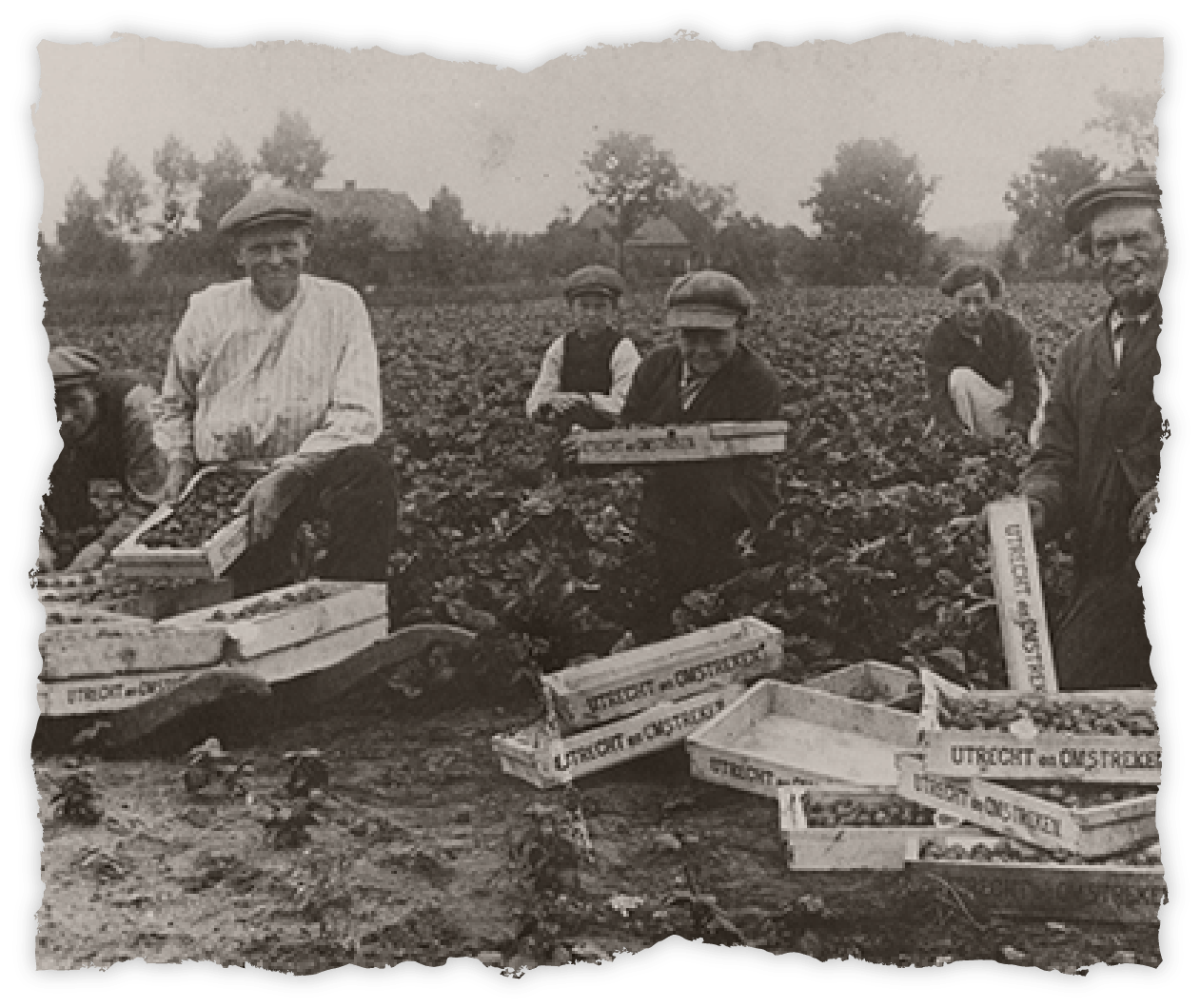1897
Establishment of the Carl Häßner shoe factory. Carl Häßner started his first shoe factory at the age of 34 in Weida, Thuringia, Germany. By hand, he made slippers and felt shoes. After modernising the factory, he focused on handmade leather shoes from 1905. The surrounding tanneries offered ideal production conditions.
1922
25th anniversary. During World War I, production was temporarily halted. From 1919, 25 employees again produced 100 shoes a day. Distribution takes place by train and bicycle. Because of their quality and sophistication, the shoe variations are especially popular among Berlin artists and big-city bohemians.



Zeha Berlin's production increases
1947
Hohenleuben. Production increases. A new production building is built in Hohenleuben. Carl Häßner's son Karl becomes an equal partner. Besides producing street shoes, the company specialises in sports and football shoesFather and son are, after all, enthusiastic football players.
1954
The sports shoe with two double stripes. Carl Häßner goes for a reboot with a focus on sports shoes. With the typical two double stripes, they are registered as a trademark in the FRG and GDR in 1955. From 1956, exports to West Germany, Belgium, the Netherlands and Singapore took place. The double stripes became a distinctive feature.

Zeha is the sports shoe brand of the GDR
1960
Sports shoes for top athletes. Zeha is the sports shoe brand of the GDR. Shoe factory Carl Häßner becomes the official supplier of the GDR Olympic team. GDR athletes from around 60 disciplines wear Zeha. The specialisation in innovative special sports shoes for different disciplines leads to international recognition.
1972
Nationalisation Zeha celebrates its 75th anniversary. Shortly afterwards, Carl Häßner is expropriated and the company is completely nationalised. The company is now called 'VEB Spezialsportschuhe Hohenleuben'. The internationally protected Zeha trademark with two double stripes is retained. Patent rights are forcibly transferred to VEB.


The Comeback in Berlin
1989
The turning point and end of a success story. Until 1988, the shoe factory remained the outfitter for the Olympic, World and European Championships of the GDR teams. The focus is on new and further developments. A year after the fall of the Berlin Wall, Treuhand took over. In early 1992, production ceased for good; the buildings fall into disrepair.
2002
The Comeback in Berlin. Alexander Barré accidentally rediscovers the shoes of his youth with a friend. Together, they found old shoes, lasts, leather uppers and product catalogues in the Hohenleuben Local History Museum. The dream of reviving sports shoes was born. By Christmas 2003, the first Zeha Berlin pairs were sold.

First ZEHA shop in Berlin
2006
World Cup in Germany - Carl Häßner Revival. As a tribute to the founder, Zeha designs a Carl Häßner collection. The 1950s retro-style World Cup collection is experiencing a huge hype. To this day, it is one of the bestsellers along with the Liga and Club models. In 2007, the high-quality Urban Classics and a bag collection followed.
2009
First ZEHA shop in Berlin. The first Zeha shop opens in Prenzlauer Berg. Each shop tells the story of Zeha with an individual concept: sometimes as a gym with old sporting goods, sometimes in the style of an authentic shoe repair shop or in a retro living room atmosphere. The online shop was launched in 2011.
The Carl Häßner collection is growing
2014
The long-awaited models come to market. The Zeha portfolio is being expanded with models for fencing and marathon running. In 2015, the Carl Häßner Libero and the Derby football shoe followed. In 2016, trainers, based on the 1960s special training shoes with crepe sole, and accessories such as purses, belts and socks will appear.
2019
New arrivals! Complementary cuts, new leathers and innovative sole design: the marathon starts with a new look. The Carl Häßner collection grows with the models Finalist, WM66 and Liverpool. Sometimes without the famous double stripes: the Binz beach shoe, a tribute to the 1950s.
Shop Zeha Berlin in our Store
This is what our customers think
Arborator Denim Company's roots
1984 "Martin, put your coat on." Ma is already outside. The sandwiches in a paper bag, the thermos filled with coffee. "Come, we must hurry: The clock won't wait for us." It is 4 o'clock, we are driving to the flower auction in Aalsmeer. It's exciting. Every time. There is no time to lose. Literally. The clock determines.




